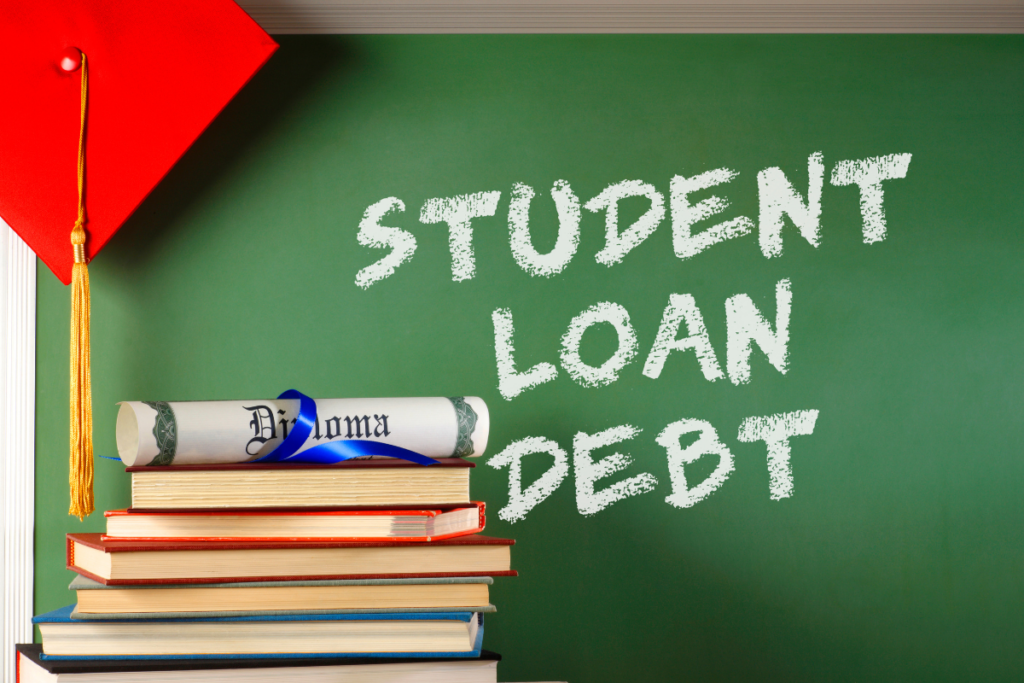How to Use Debt to Your Advantage
Beginners trying to tackle their personal finances for the first time see debt as sort of a boogeyman. A specter that looms overhead trying to trap people into inescapable cycles of minimum payments and late fees. Or at the very least, something to be avoided whenever possible.
Deep down, we all know this is not really the case. Having a healthy amount of debt is almost an essential part of growth, but taking on lots of small debts can also be very dangerous to your bottom line.
Distinguishing Good Debt from Bad Debt
When we talk about good debt, it usually refers to debt that was taken on to help advance your future income or increase your net worth. Bad debt, on the other hand, is debt that is taken on with no real long-term gain.
Examples of Good Debt
Good debt can include things like:
- Student loans to get a degree or certification that improves your job prospects.
- A mortgage on a house.
- Refinancing a loan on your house for home improvements.
- A car loan.
- Short-term credit card debt.

In all of these cases, the debt serves a specific purpose. A student loan to help pay for your education is a long-term investment that increases your earning potential. Taking out a mortgage to buy a house can greatly increase your net worth in the long run, and mortgage payments can frequently be lower than rental payments.
Refinancing your home means taking out a loan based on the equity you built up through past payments. This can allow you to reduce your interest rates or to finance home improvements that can make your home more valuable before selling it. Car loans can greatly increase your job prospects by providing a flexible transportation option. Short-term credit card debt can be beneficial to your current financial situation, depending on your bank fees and credit card perks.
When Good Debt Goes Bad
Good debt is any type of debt that allows you to build credit, purchase a home, start a business, or invest in yourself. Unfortunately, when good debt is not managed correctly, it can easily turn into bad debt. Bad debt is any type of debt that carries a high interest rate and has the potential to put you in a financial hardship if left unchecked. Here are examples of how good debt can easily become a burden and source of financial stress.
- If you do not finish your degree, you are still obligated to repay your student loan.
- The interest you pay on your home mortgage may be greater than the property’s increase in value over the course of the loan.
- You may refinance your home at a less favorable interest rate.
- You may take out a car loan and end up with a car in constant need of repairs.
- A crisis may hit, causing you to make purchases that increase your credit card balances.

All of these transformations can happen with little notice, but good financial planning helps you identify risks before you take on debt, so you’re ready for when things go wrong.
Identifying Risk
Identifying potential risks before taking on debt is an exercise in financial planning. This is where you look at what you expect to happen, and determine the chances that something might go wrong. For example, what will happen if you default on making your monthly payments? What late fees and interest charges will you face? Explore multiple financing options to compare whether you’re getting the most beneficial loan for your needs.
Here are specific factors to look at for each type of debt covered in this lesson.
Student Loans
Before choosing what university to attend, or what program to study, make a list of your top five areas of interest. Then, research jobs in each of those fields and find out answers to the following questions:

- How much does each job pay?
- How much competition will there be in this job field when I’m ready to apply?
- What are the long-term costs of student loan debt? Will I be able to afford the required loans with the jobs available in this field?
This exercise can help you visualize what you need to do to succeed in each potential career path, and help you determine how likely taking on this debt is going to pay off.
Home Mortgages
Before taking out a mortgage to buy a home, you need to understand your financial obligations. On top of the property price, you’ll be responsible to pay for the closing costs, property tax and insurance, and other legal fees. To find out if it’s worth the investment, you should consider how long you plan on living in this home, and how much property values change in that area over time. Will property prices go up in that area by the time you’re hoping to sell?
If you lost your job, how long would you be able to pay your mortgage payments? Remember that while you’re renting, it’s much easier to move somewhere cheaper than it will be to try to sell your home.
Refinancing A Loan
Before you refinance a home loan, carefully consider how much you need that loan. Refinancing for a better interest rate is usually a smart move, but investing in home improvements can be trickier. Will those home improvements increase the value of your home when it’s time to sell? It’s not a good idea to refinance a mortgage just to deposit the cash in your bank account, but if you have other debts that need to be paid, the cash acquired through refinancing can help.
Keeping Your Debt Good
How can you keep your debt from turning bad?

The key is to be realistic about your potential purchase, and remove emotions as much as possible from the decision.
Is this debt something that will help your financial position in the long run? If yes, take time to make an itemized list of the potential risks so you’re ready for whatever happens.
Next, evaluate how taking on this debt will impact your budget or your spending plan. Long-term debt is considered a fixed need while short-term credit card debt is a variable need.
If all of this sounds like a lot of work before making a purchase, you’re right. It is! Taking on debt is something to always carefully consider. Debt will make a significant dent in your ability to meet your other financial goals.
Having control of your personal finances is key to having good debt. As long as you can manage it responsibly and make on-time payments, you shouldn’t have anything to worry about. However, if this debt becomes unmanageable, it’s important to find a way to resolve your debts as soon as possible to avoid any long-term consequences.
It’s easy to feel overwhelmed if this ever happens to you, but remember you can negotiate with creditors for better repayment terms, or you can consolidate multiple debts into a single loan. Having a realistic budget will help you to prioritize debt repayment until you’re back on track!
Challenge Questions
- In your own words, explain the difference between good debt and bad debt.
- How might good debt become bad debt?
- How can emotions cause you to increase your debt?
- When refinancing homes, what risks should people be aware of?
- Are there ways in which people can take to minimize their debt?